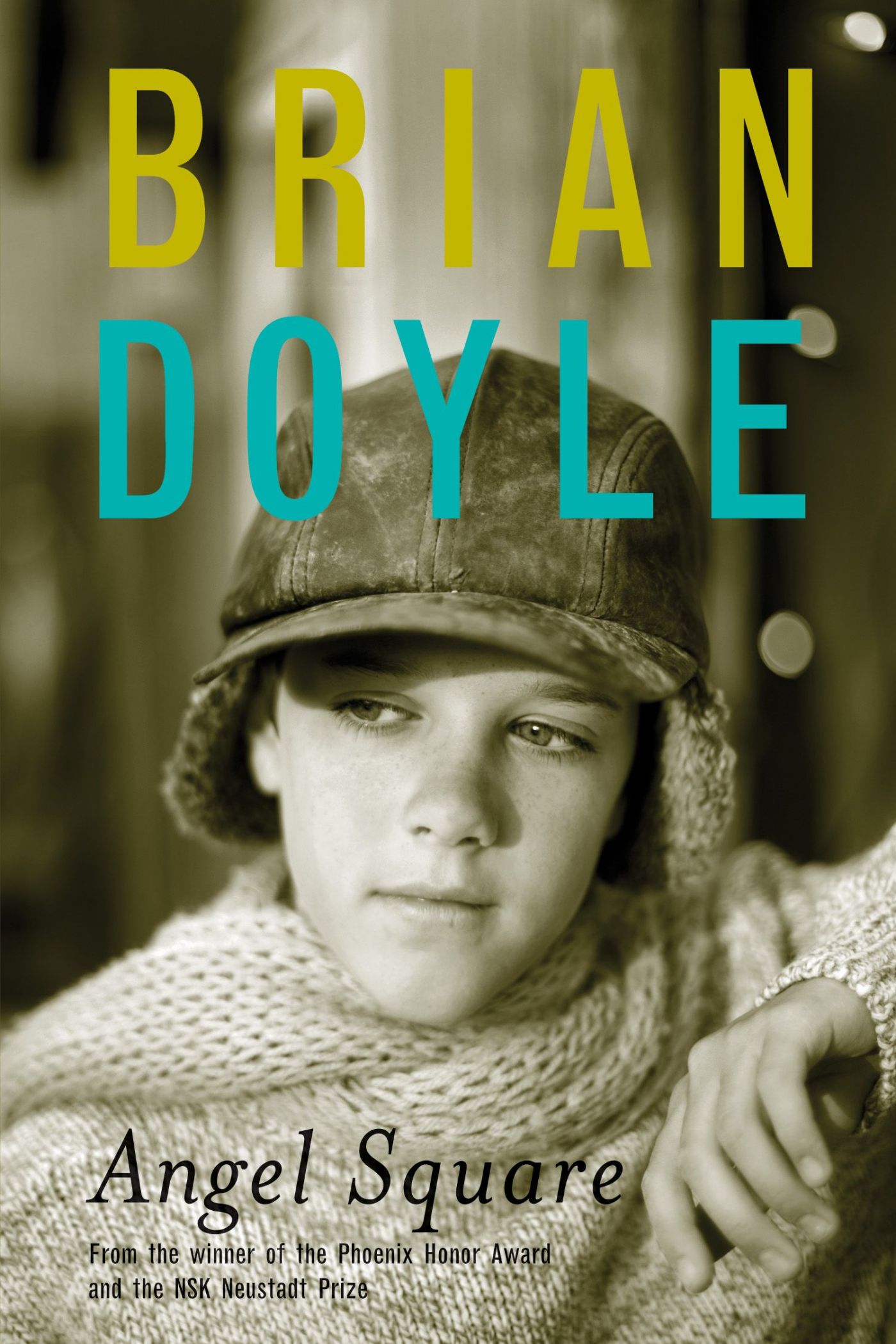In 1984, the young adult novel Angel Square by Ottawa author Brian Doyle, is published. The book tells the story of Tommy, a young Irish Canadian from Ottawa, and his two friends, “Coco” Laframboise, a French Canadian and Sammy Rosenberg, a Jew. Their adventures take place around a place central to Lowertown life: Anglesea Park. The park has since been renamed Jules Morin Park, but in the story, it appears as “Angel Square.” The book vividly depicts a particular aspect of life experienced by Lowertown residents during the post-war period.
Although Lowertown becomes a working-class neighbourhood with a strong French presence from the nineteenth century onwards, it nevertheless remains in constant evolution, setting the stage for intercultural encounters. Angel Square reveals a popular neighbourhood where French, Jewish and Irish Canadians rub shoulders:
There are three schools on Angel Square.
On one side is The School of Brother Brébeuf where all the French Canadians go. But nobody calls them French Canadians. Everybody calls them Pea Soups.
On the second side of Angel Square is York Street School where Sam and I go. Most of the people who go to York Street School are Jewish. I’m not. I’m not anything. But nobody calls them Jewish. Everybody calls them Jews.
On the third side of the square is St. Brigit’s School of the Bleeding Thorns where all the Irish Catholics go. But nobody calls them that. Everybody calls them Dogans.
So four times a day most of the Pea Soups, Jews and Dogans try to cross Angel Square to get home or go to school.1
Although Brian Doyle’s novel illustrates the latent tensions lurking in the sometimes difficult contact between these communities, it is written in a unifying spirit. Tommy, Sammy and Coco, each belonging to a distinct cultural group, overcome their differences and work together to solve an unfortunate crime: the attack on young Sammy Rosenberg’s father.
Both fictional and realistic, Angel Square is adapted for theatre in the National Arts Centre Studio in 1987, and for cinema in 1990. As much as it captures the imagination of a generation of Anglophone and Francophone Lowertown residents, Angel Square is also, in a way, able to account for the diversity that has animated and continues to animate this historic district of the capital.
1 Brian Doyle, Angel Square, Groundwood Books, Toronto, 1984, p. 13-14.
